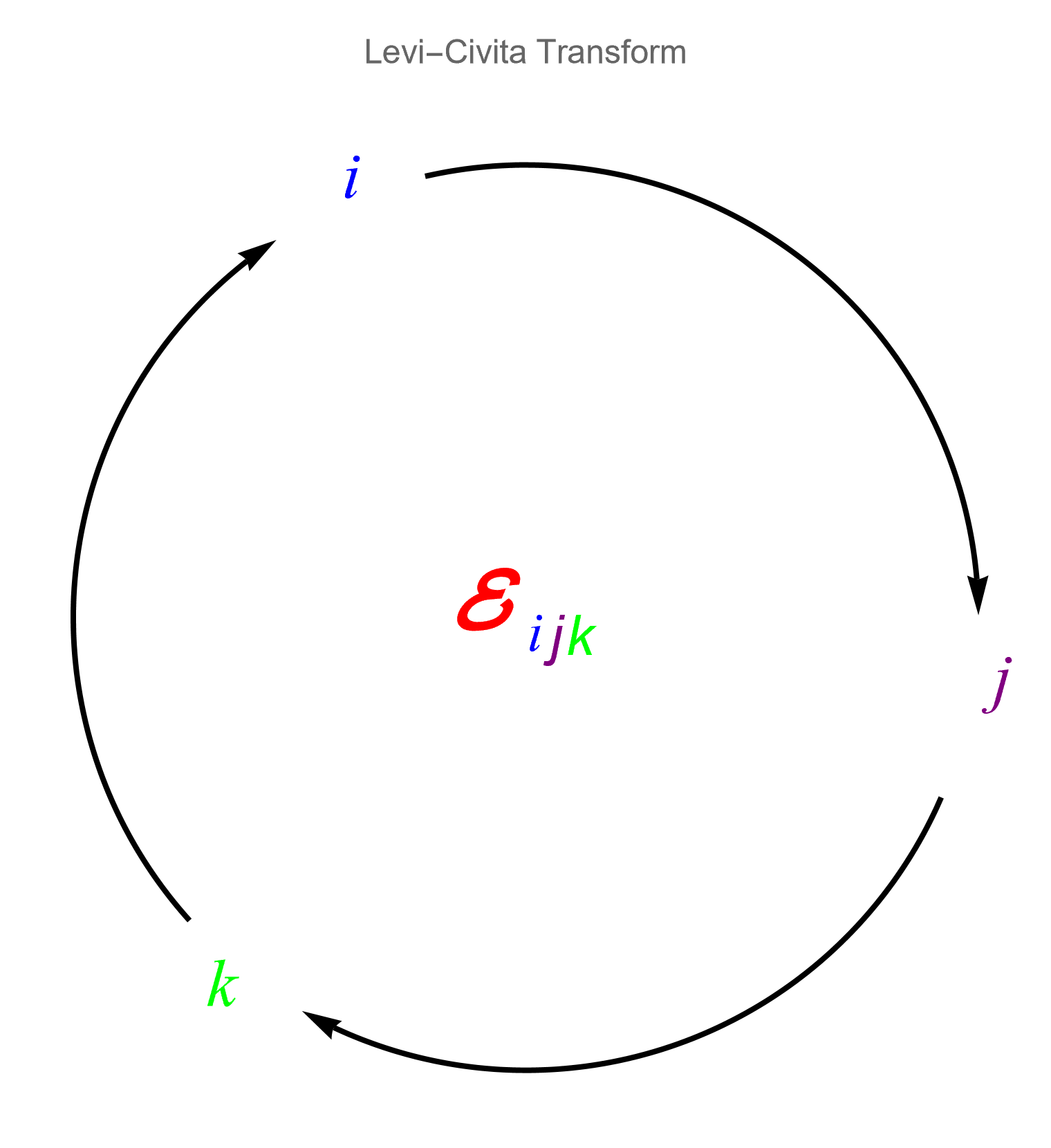
Semyon Aronovich Gershgorin (August 24, 1901 – May 30, 1933) was a Soviet (born in Pruzhany, Belarus, Russian Empire) mathematician. He began as a student at the Petrograd Technological Institute in 1923, became a Professor in 1930, and was given an appointment at the Leningrad Mechanical Engineering Institute in the same year. His contributions include the Gershgorin circle theorem.
The spelling of S. A. Gershgorin's name (Семён Аронович Гершгорин) has been transliterated in several different ways, including Geršgorin, Gerschgorin, Gerszgorin, Gershgorin, Gershgeroff, Qureshin, Gershmachnow and from the Yiddish spelling הירשהאָרן to Hirshhorn and Hirschhorn.
The authors of his obituary wrote about Gershgorin's death at the very young age of 31: "A vigorous, stressful job weakened Semyon Aranovich's health; he succumbed to an accidental illness."
Where are Eigenvalues?
The diagonal entries of a diagonal matrix are its eigenvalues. For an arbitrary matrix it is possible to give quantitative bounds for how much each diagonal entry can differ from an eigenvalue. The corresponding statement is known as the Gershgorin circle theorem may be used to bound the spectrum of a square matrix. It was first published by the Soviet mathematician Semyon Aronovich Gershgorin in 1931. Gershgorin's name has been transliterated in several different ways, including Geršgorin, Gerschgorin, Gershgorin, Hershhorn, and Hirschhorn.Theorem (Gershgorin): Let \( {\bf A} = \left[ a_{ij} \right] \) be a square n×n matrix, when n ≥ 2. Then the spectrum of matrix A is a subset of
- Chi-Kwong Li & Fuzhen Zhang (2019), Eigenvalue continuity and Gersgorin's theorem, Electronic Journal of Linear Algebra (ELA) {Vol.35, pp.619-625|2019} [DOI: https://doi.org/10.13001/ela.2019.5179
- Gantmacher, F.R., {\em The Theory of matrices, vol. I, II, New York, Chelsea, 1959.
- Gerschgorin, S. (1931), Über die Abgrenzung der Eigenwerte einer Matrix, Izv. Akad. Nauk. USSR Otd. Fiz.-Mat. Nauk (in German), 6: 749–754.
- Obituary: Semyon Aronovich Gershgorin (Russian), Applied Mathematics and Mechanics 1 (1) (1933), 4.
- Lancaster, P. and Tismenetsky, M., The Theory of Matrices, with Applications,
- Varga, Richard S. (2004), Geršgorin and His Circles, Berlin: Springer-Verlag, ISBN 3-540-21100-4.
- Varga, Richard S. (2002), Matrix Iterative Analysis (2nd ed.), Springer-Verlag. 1st ed., Prentice Hall, 1962.

